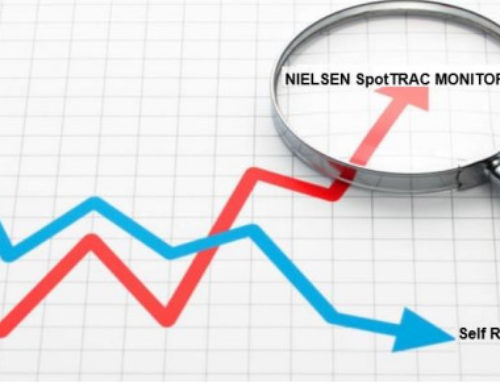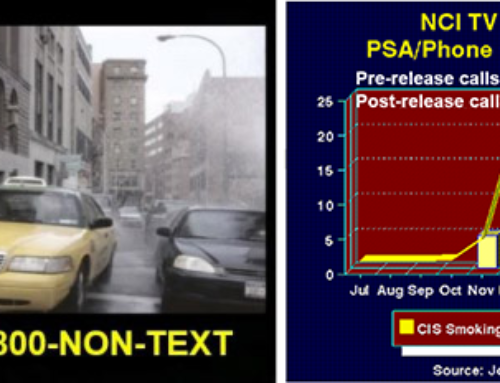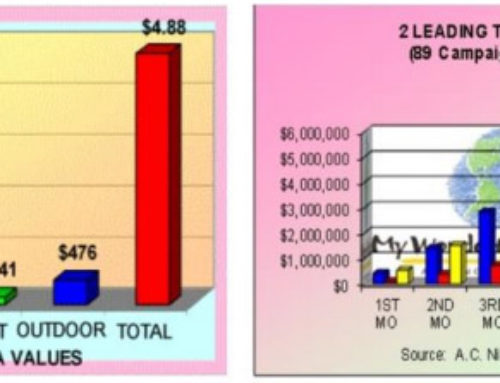Most non-profit organizations which create and distribute public service advertising (PSA) campaigns do not take full advantage of the usage and dollar values generated from these media outreach initiatives. The big boss calls the director of communications and says “we are having a board meeting this week and we need some stats on how our PSA campaign is performing, so get me some data to justify the expense.”
The director of communications turns to their PSA distributor, which maintains a PSA evaluation portal where PSA usage data is posted, and pulls some data down to satisfy the boss, and that is the end of the discussion.
However, for the more sophisticated non-profits, they use their PSA usage values to help them in their fund raising efforts, and the following article delves into the basics.
 “In Kind Contributions”
“In Kind Contributions”
To explain how the concept of “In Kind Contributions works, “we have to dip into accounting practices for non-profits. We will try to keep it as simple as possible, because our point is how to use PSAs to support fund raising, not to teach accounting. As boring as this information might seem, it could make a big difference in your fund raising program.
There is an important, but widely unknown rule governing how “in-kind contributions” are treated by non-profits, which includes PSA air time value.
 The rule, issued by the Financial Accounting Board in 1993 called Financial Accounting Standard number 116 (FAS 116), is titled Accounting for Contributions Received and Contributions Made.* This line item can be found in the non-profits’ 990 tax return.
The rule, issued by the Financial Accounting Board in 1993 called Financial Accounting Standard number 116 (FAS 116), is titled Accounting for Contributions Received and Contributions Made.* This line item can be found in the non-profits’ 990 tax return.
FAS 116 is a quick and easy way for nonprofits to legitimately manipulate their financial results to their benefit. Those results, in turn, are open to the public and used by charity rating organizations such as GiveWell, Charity Navigator, or the Better Business Bureau, to evaluate non-profits. In this era of complete transparency, there are large and small donors who also look at this ratio to catch scams and identify the most efficient organizations.
The Rules
- Non-profits should recognize the value of all donated services on their financial statements, including free media advertising time/space.
- These donations must be added to cash and other donations in arriving at revenues, to show the full amount of resources provided to the organization.
- The organization must show the amount of free services provided as an expense. (The expenses might be promotion expenses for a PSA campaign).
- These expenses are then classified as either “cause/mission related,” or “overhead.” PSAs are generally classified as cause related expenses.
- Generally, a non-profit wants their books to reflect the maximum spent on mission related activities, and wants to minimize the amount shown as overhead or administrative expenses.
The Benefits
So where is the benefit for a non-profit? It comes in measuring the ratio of cause expenses to total revenues. In the case of a PSA, the expense is cause-related, because it provides the public with information about the cause and thus 100% of the PSA airtime generated, can be treated as a cause-related expense.
If a non-profit wants to increase the percentage of total revenue spent on cause-related expenses – a key ratio by which non-profits are evaluated – adding PSA values to cause related expenses really helps.
But there is more. Because every dollar spent in PSA expenditures generates many more times what is spent in ad equivalency, PSAs become a powerful tool to improve an organization’s financial ratio. That is because PSA ad equivalency has a multipliereffect between the amount spent to produce and distribute a PSA and ultimate values generated, with 25, 50 and even 75-to-1 multipliers being common.
Most important of all, this is not an abuse of the accounting rule, but a required application of the rule. When this rule is applied to the aggregate value we have generated for our non-profit clients, it has made a very significant contribution to their overall credibility and their fund raising program.
In closing, we want to make it very clear that Goodwill Communications is not an accounting firm, nor do we claim that we understand how all PSA values may work for different non-profits. We are simply advocating that any non-profit which distributes PSAs consider the fact that they may derive additional value above and beyond sending your boss some data on the latest PSA usage metrics.
*The technical explanation was provided by a Certified Public Accountant with experience in PSA valuations.







Leave A Comment